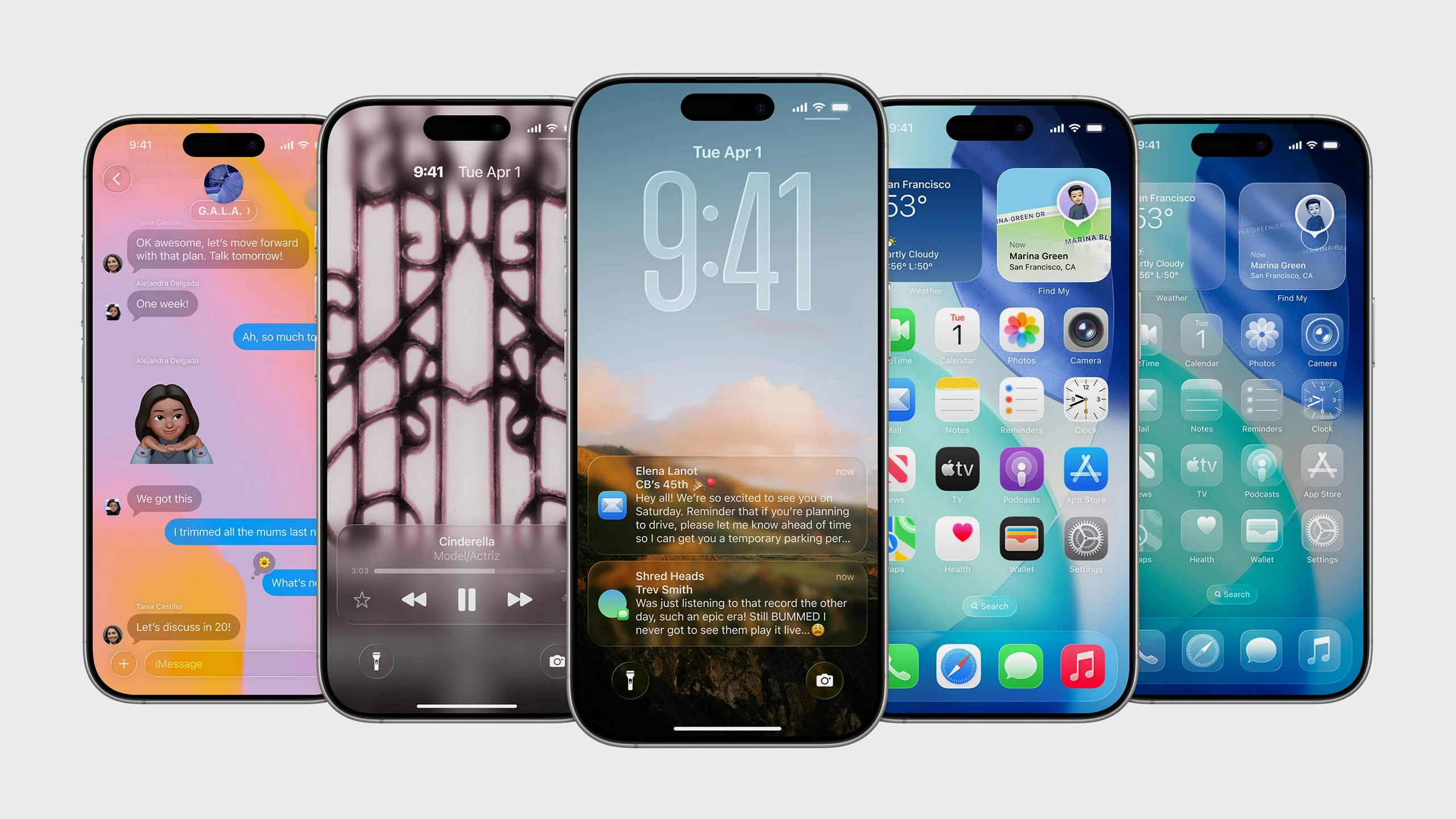A ONCE-in-a-millennium mega asteroid will be visible to billions without the need for any equipment as it glides past Earth.
Scientists have revealed that the historic planetary event will be easily visible to the unaided eye.
3

3
Asteroid Apophis is on track to make a breathtakingly close flyby past Earth, reports LiveScience.
More than two billion people across Africa and Western Europe will be able to watch it soar through the sky.
Under clear skies, the rock will appear as a faint star gliding steadily overhead.
Scientists have now predicted that this once-in-a-millennium event will occur on April 13, 2029.
In a keynote address delivered earlier this week, Richard Binzel, a professor of planetary sciences at MIT, said the flyby will mark “the first time in space history that a potentially hazardous asteroid is visible to the naked eye.”
Speaking at the Europlanet Science Congress in Finland, he emphasised: “Apophis will safely pass the Earth.”
Astronomers estimate that a close approach by an asteroid of this size only occurs once every 7,500 years.
The size of the rock has been likened to the height of the Eiffel Tower, measuring a staggering 340 metres.
It’s passing will mark a once-in-a-lifetime spectacle for the billions of onlookers.
Scientists also hope to conduct a planetary experiment during the asteroid’s flyby.
The event presents the opportunity for scientists to watch in real time how Earth’s gravity reshaped a massive asteroid.
Binzel added: “We don’t know. And we won’t know until we look.”
Apophis was first discovered in 2004, and was named after the Egyptian god of the underworld, earning it the nickname the “god of chaos” asteroid.
Early calculations suggested a 2.7 per cent chance of impact of April 13, 2029, placing it at Level 4 on the Torino scale.
This rating is the highest ever given to a near earth object.
Since its first discovery, scientists have tracked and monitored the asteroid, and by 2021, it was removed from all risk lists.
However, last September, a study noted that there is still a very small possibility that an unknown asteroid could nudge it onto a collision path before its 2029 flyby.
The odds are over one in a billion and astronomers remain confident that Apophis poses no danger for the next century at least.
Binzel continued: “It’s been a lot of work by a lot of people to make sure we can say totally confidently that Apophis will safely pass the Earth – absolutely no doubt.”
HOW NASA ASSESSES ASTEROID DANGERS

Explained by Jamie Harris, Assistant Technology and Science Editor at The Sun
Nasa uses something called the Torino Impact Hazard Scale to rate asteroids and other objects.
The scale goes from zero to 10.
Zero – also known as white zone – is defined as: “The likelihood of a collision is zero, or is so low as to be effectively zero. Also applies to small objects such as meteors and bodies that burn up in the atmosphere as well as infrequent meteorite falls that rarely cause damage.”
At the top end of the scale is 10, which states: “A collision is certain, capable of causing global climatic catastrophe that may threaten the future of civilization as we know it, whether impacting land or ocean. Such events occur on average once per 100,000 years, or less often.”
The asteroid will fly 18,600 miles above our planet’s surface.
Scientists anticipate that as Apophis passes its rotation may shift, which could send into a fresh tumbling state.
Binzel explained that the asteroid’s entire orbit will change.
To capture those changes firsthand, NASA has reassigned its OSIRIS-REx spacecraft, to a new role as OSIRIS-APEX.
The probe will map Apophis’s surface, monitor its spin and monitor how Earth’s gravity alters the asteroid.
Scientists also hope to measure the seismic vibrations inside the rock, revealed Binzel.
This will mark another major scientific opportunity, as seismicity has only ever been measured for two other objects – the moon and Mars.
The European Space Agency is currently awaiting approval to launch a mission to measure the seismicity of Apophis.
If successful it would mark another huge leap forward in seismic measurements and interpretation of interior properties.
If approved at ESA’s Ministerial Council in November, the Rapid Apophis Mission for Space Safety (RAMSES), would launch in spring 2028.
It would then arrive at the asteroid by February 2029 just in time for the flyby.
The mission’s goal would be to observe Apophis before, during and after the historic flyby.
Beyond science, the asteroid is a proving ground for planetary defence.
While it poses no danger, it will aid humanity’s effort to understand and prepare for the rare but real risk of an asteroid impact.

3









